Program ranks in the Top 10 for the second year in a row.




Break Through Tech DC hosts its first summer Guild at UMD.
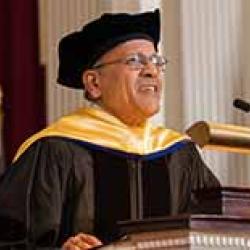
Rabindra Mohapatra published a book targeted toward non-scientists called “The Neutrino Story: One Tiny Particle’s Grand Role in the Cosmos.”
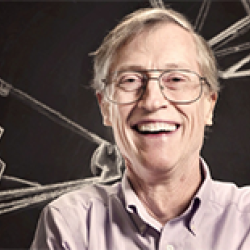
NASA will launch a revolutionary instrument into space—and Mather is the senior project scientist.
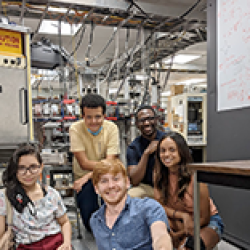
UMD physics graduate students pilot high school diversity recruitment program.
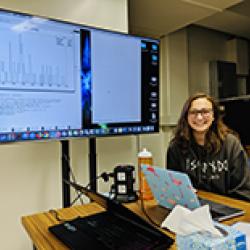
Through UMD’s FIRE program, the astronomy and physics dual-degree student conducted high-energy physics research.

Doug Bensen received the CMNS Dean’s Outstanding Employee Award in spring 2021.
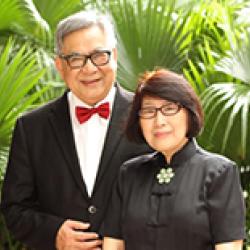
Chuan-Sheng Liu and Jingyi Liu generously honor Toll’s legacy by endowing a lecture series in his name.
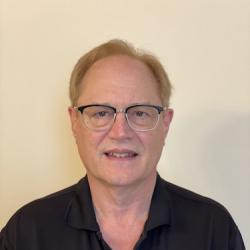
James Carr (Ph.D. ’89, physics) has been making his mark on satellite technology for more than three decades.
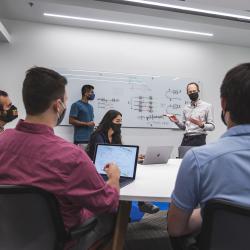
New institute will significantly add to the vibrant quantum research ecosystem established in the mid-Atlantic region.
